Cheesy study helps find the perfect fondue
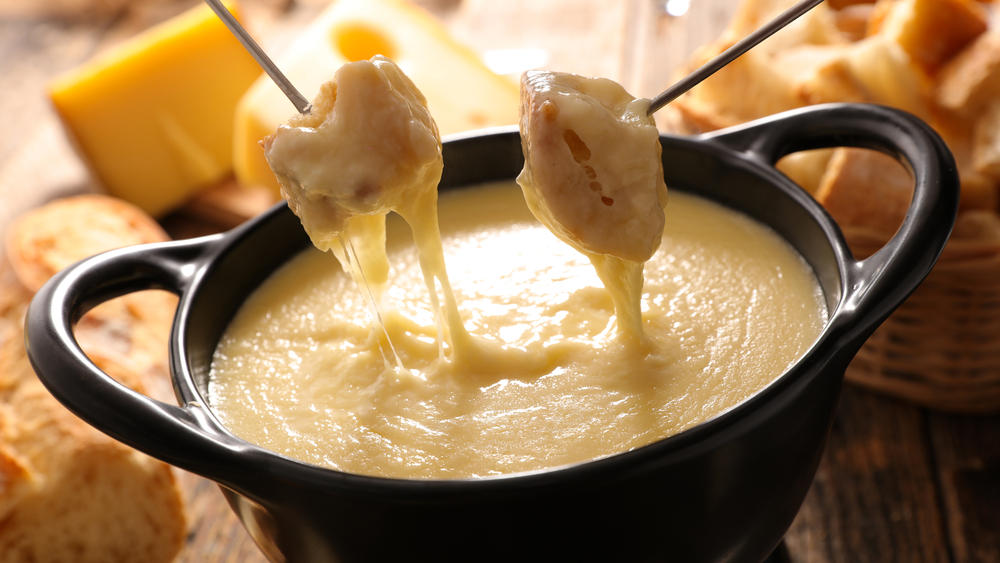
Swiss researchers have been busy testing the texture of cheese fondue – more specifically, how it flows. Or not.
“There is no bigger shame in Switzerland than serving a fondue that is too liquid, gummy, or even phase-separated, and many myths without scientific base persist in Swiss kitchens on how to prepare the perfect fondue,” say scientists from the Institute of Food, Nutrition and HealthExternal link at Swiss federal technology institute, ETH Zurich.
The typical fondue is made with Gruyère and Vacherin cheeses mixed with corn starch and white wine. Even novice cooks can guess that more starch will yield a thicker fondue, while more wine will thin it. But the Swiss researchers wanted to explore the viscosity in detail.
“The flow behavior or rheology of fondue is crucial for mouthfeel, flavor release, and the tendency of fondue to cling to the bread,” points out the study, which has been published by the American Chemical Society journal, ACS OmegaExternal link.
The Swiss researchers spent weeks preparing test batches in the laboratory – experimenting with the ingredients and observing how the fondue separated and dripped.
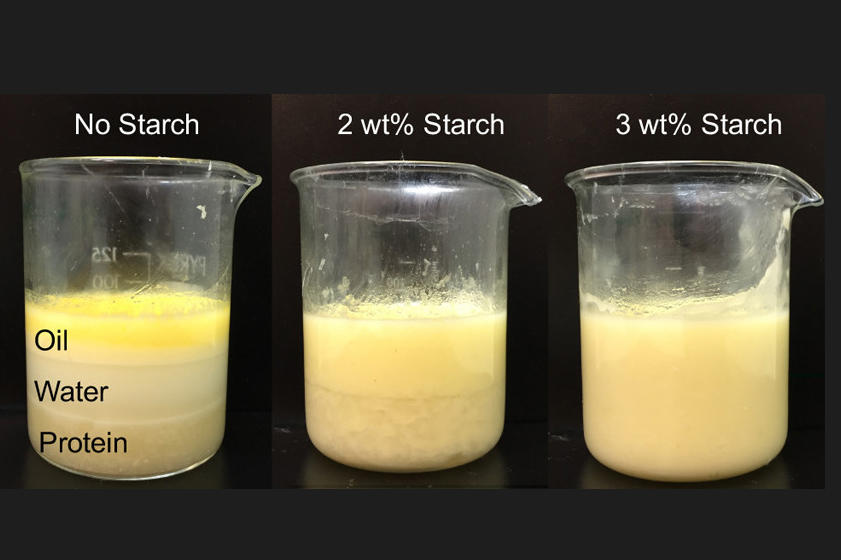
“It’s tricky to measure the drag of liquid cheese,” lead author Pascal Bertsch told swissinfo.ch. “But the ball measuring system worked quite well.” He and his team discovered that the gel point – the balance of “orally perceived gumminess and liquidity” – is crucial to a successful cheese fondue.
They also found out why white wine thins fondue by adding pure alcohol and acid separately, thus mimicking wine. “Both reduced viscosity, but for acid, we had actually expected the opposite,” said Bertsch.
So what’s the best recipe for cheese fondue?
“I always put in lots of garlic, but I don’t think there’s a single best recipe. Our intention was to understand how different ingredients influence fondue rheology, providing the tools for desperate hosts to save their fondue,” said Bertsch, who was surprised that the intense cheesy smell within the lab was “not as bad as expected”. In fact, he even succumbed to the temptation to test the samples.
“One night I was still there around 8pm and there was some leftover bread,” he confessed, noting that normally it’s not wise to eat things that have been sitting around a chemistry lab.
Wine or tea?
Asked how dipping agents like bread, potatoes, bananas and even pineapple affected the viscosity, he exclaimed, “Pineapple! Why would you do that?” before replying that they had not tested the introduction of these foods – and adding that pineapple would “probably be easier to digest” than bread.
In 2010, Zurich University Hospital settled the debate of whether it was gastronomically best to wash down cheese fondue with black tea, white wine or cherry schnapps. The results?
“Gastric emptying after a Swiss cheese fondue is noticeably slower and appetite suppressed if consumed with higher doses of alcohol … [and] significantly faster when fondue is consumed with tea or water,” concluded the studyExternal link done in cooperation with 20 healthy – and hungry – volunteers.
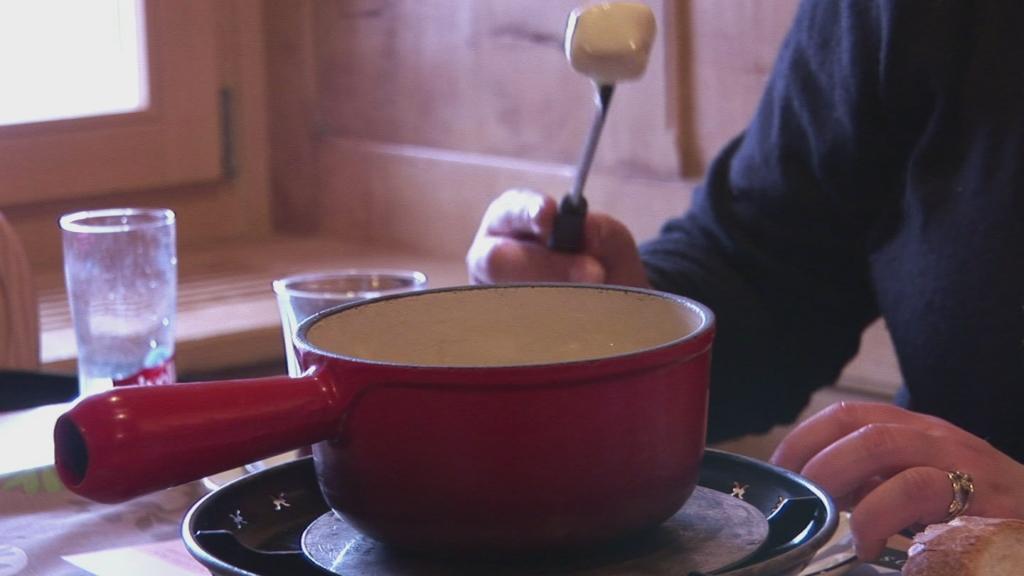
More
The lure of this typical alpine dish

In compliance with the JTI standards
More: SWI swissinfo.ch certified by the Journalism Trust Initiative










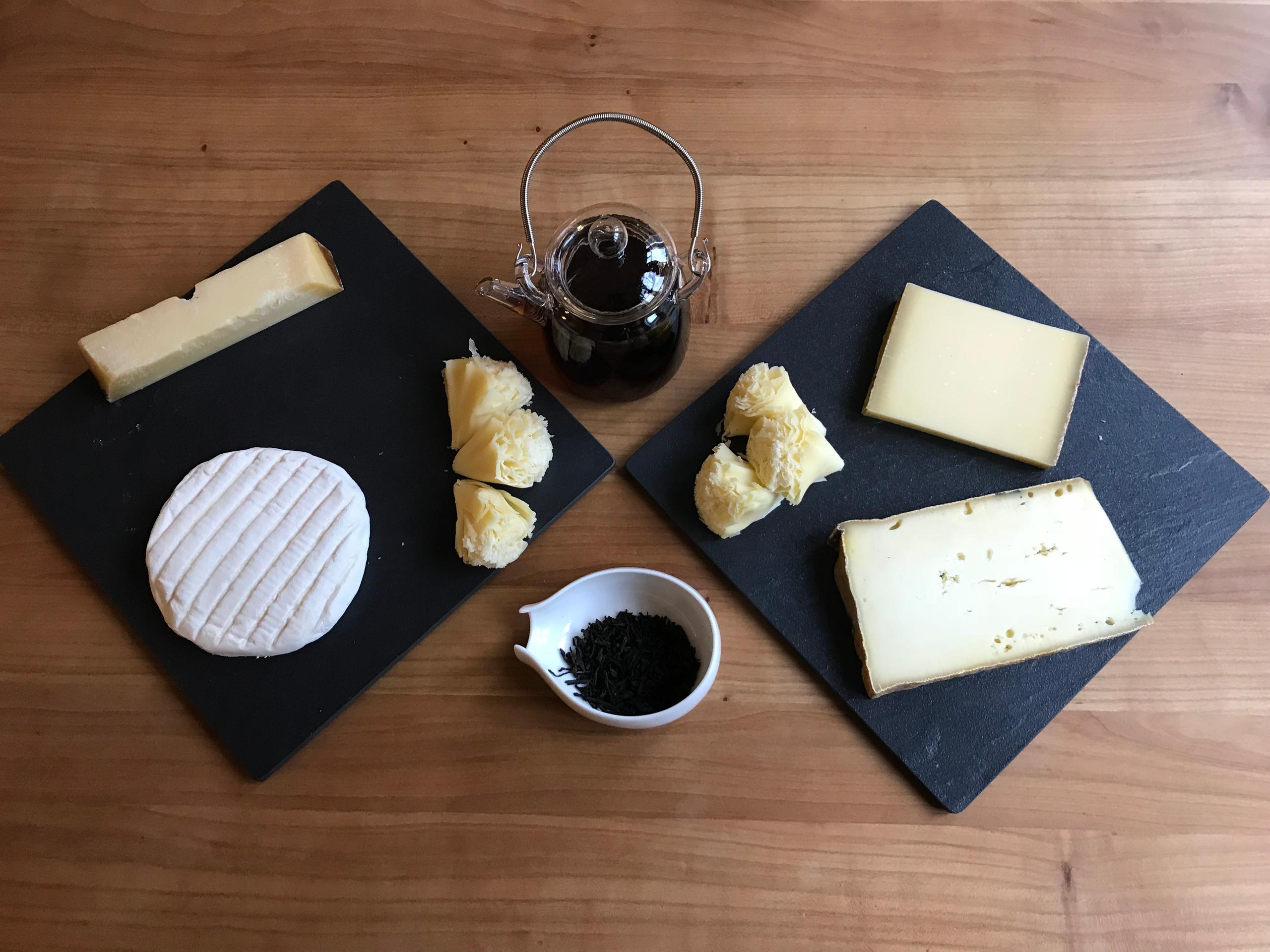

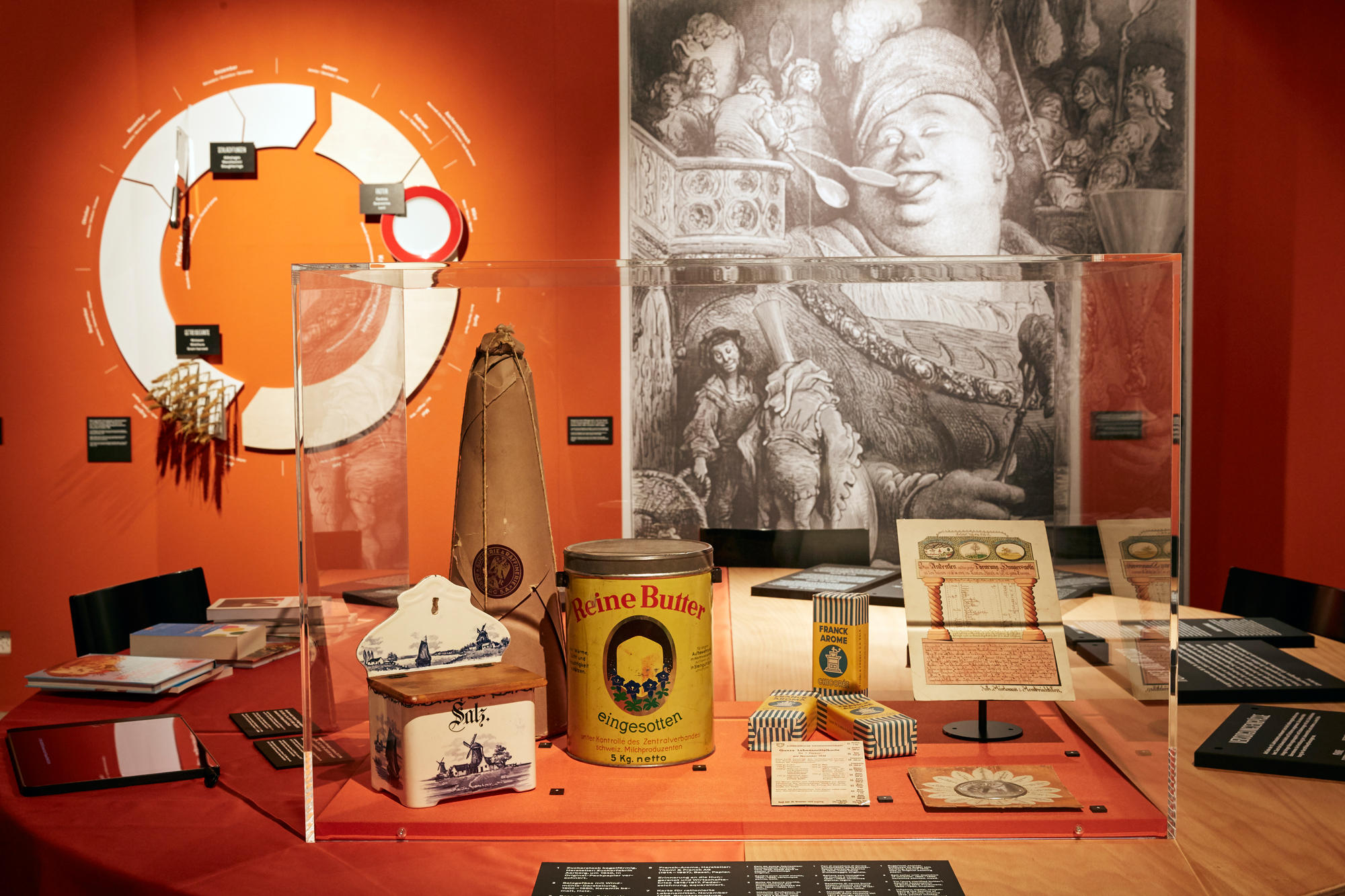

You can find an overview of ongoing debates with our journalists here . Please join us!
If you want to start a conversation about a topic raised in this article or want to report factual errors, email us at english@swissinfo.ch.